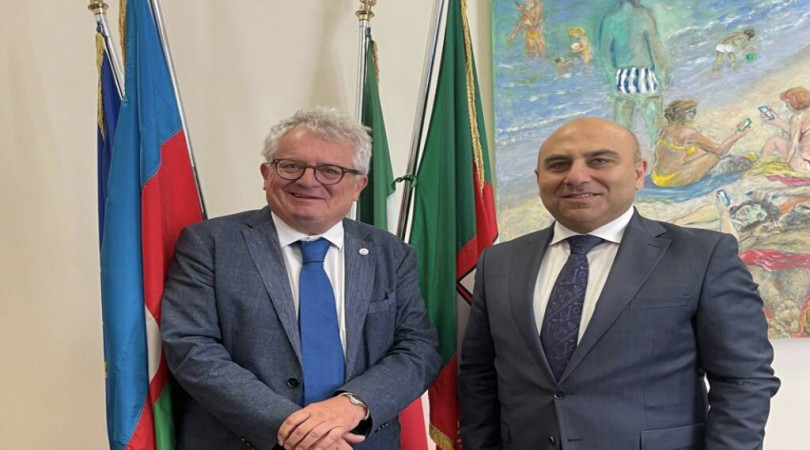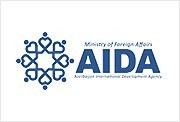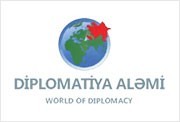MFA of Azerbaijan: Armenia was first to launch attack on April 2
He was commenting on Armenia’s claims that the Azerbaijani side bears responsibility for the military operations that started on the contact line of the two countries’ troops on April 2.
Hajiyev referred to some points to clarify this issue. “First of all, the process of making fundamental changes to the military doctrine of Armenia started since the beginning of 2015. In his statement in February of this year, Deputy Defense Minister of Armenia David Tonoyan mentioned that his country has switched from the concept of ‘static defense’ to the offensive military doctrine of ‘deterrence’. He stressed that at the moment, given the firepower at the disposal of the Azerbaijan Armed Forces, it is impossible to ensure the security of the occupied territories, and therefore Armenia, by occupying new territories, needs to ‘deter’ Azerbaijan and expand the ‘security zone’ around the occupied territories. Commenting on the issue from a military point of view, Hajiyev said the doctrine of ‘deterrence’ mainly involves pre-emptive attacks to which Armenian armed forces unsuccessfully resorted on April 2. The military doctrine focusing on the attack is a very serious factor, and the relevant states must pay special attention to it,” the spokesman said.
According to Hajiyev, it is possible that thus, Armenia is trying to realize a military adventure that is failed to do in 1993. Even then, Armenia has set a goal to occupy the Terter and Barda districts and to reach the Yevlakh highway.
The foreign ministry spokesman said the second evidence that the attack was launched by Armenia is that mass concentration of Armenian armed forces along the line of contact has been conducted even before April 2. “Additional troops from military units in Armenia have been sent to the occupied territories to join the Armenian troops there. Mass concentration of troops, creation of reserve units, rear services support and logistics planning are the most obvious example of the beginning of military operations. Dozens of pieces of Armenian heavy equipment were destroyed. A question arises: “If there was not a planned attack, why did Armenia deploy so many military vehicles and equipment on the contact line of troops? We are confident that the states that are able to carry satellite monitoring would have observes the mass concentration of Armenian troops,” Hajiyev added.
Hajiyev noted that before the military operation, artillery shelling is carried out to destroy manpower and equipment of the opposite side and trigger strong psychological reaction. “On the night from April 1 to 2, the Azerbaijani army positions and populated areas located along the contact line of troops were subjected to intensive artillery fire from the Armenian side. Shelling the civilian population of Azerbaijan, Armenia pursued the aim to organize a massacre like the Khojaly genocide and cause panic and chaos. It should be noted that, the current defense minister of Armenia and the persons who are in the political leadership of this country are those who planned and carried out the operation in Khojaly,” he said.
According to Hajiyev, if the fact that the Armenian side suffered heavy losses is an indication of the professionalism of the Azerbaijani army, on the other hand, it proves that Armenia is an attacker. “Normal logic suggests that the attacking party always suffers more losses. The Azerbaijani army with high professionalism and a limited number of troops in the first echelon was able to suppress the advance of the enemy forces and in order to ensure the safety of the civilian population inflict retaliatory strikes on the enemy’s firing points and liberated the occupied heights used for this purpose. Armenia impunity syndrome was defeated by the Azerbaijani army, and Yerevan was forces to a cease-fire,” he added.
“For this reason, the responsibility for the escalation of situation on the contact line of troops on from April 2 to 5 lies on the military and political leadership of Armenia,” Hajiyev concluded.
The Nagorno-Karabakh conflict entered its modern phase when the Armenian SRR made territorial claims against the Azerbaijani SSR in 1988.
A fierce war broke out between Azerbaijan and Armenia over the Nagorno-Karabakh region of Azerbaijan. As a result of the war, Armenian armed forces occupied some 20 percent of Azerbaijani territory which includesNagorno-Karabakh and seven adjacent districts (Lachin, Kalbajar, Aghdam,Fuzuli, Jabrayil, Gubadli and Zangilan), and over a million Azerbaijanis became refugees and internally displaced people.
The military operations finally came to an end when Azerbaijan and Armenia signed a ceasefire agreement in Bishkek in 1994.
Dealing with the settlement of the Nagorno-Karabakh conflict is the OSCEMinsk Group, which was created after the meeting of the OSCE Ministerial Council in Helsinki on 24 March 1992. The Group’s members include Azerbaijan, Armenia, Russia, the United States, France, Poland, Germany, Turkey, Belarus, Finland and Sweden.
Besides, the OSCE Minsk Group has a co-chairmanship institution, comprised of Russian, US and French co-chairs, which began operating in 1996.
Resolutions 822, 853, 874 and 884 of the UN Security Council, which were passed in short intervals in 1993, and other resolutions passed by the UN General Assembly, PACE, OSCE, OIC, and other organizations require Armenia to unconditionally withdraw its troops from Nagorno-Karabakh.

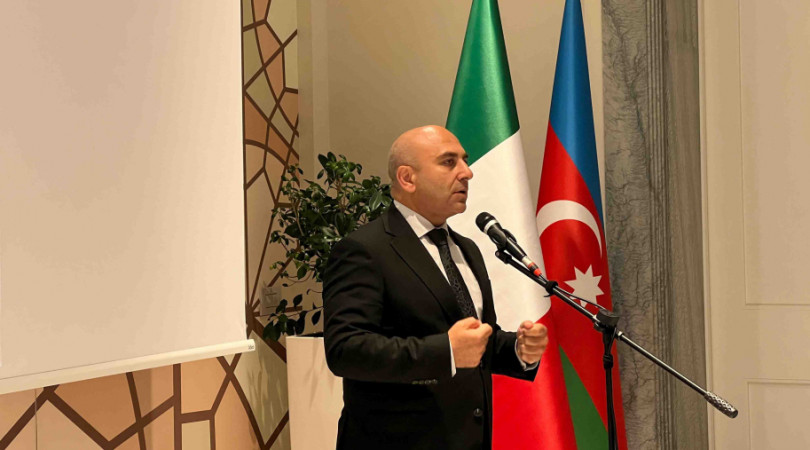
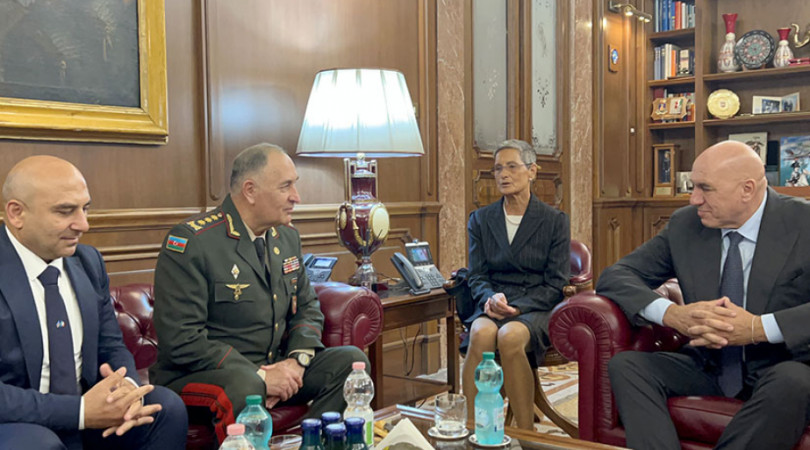
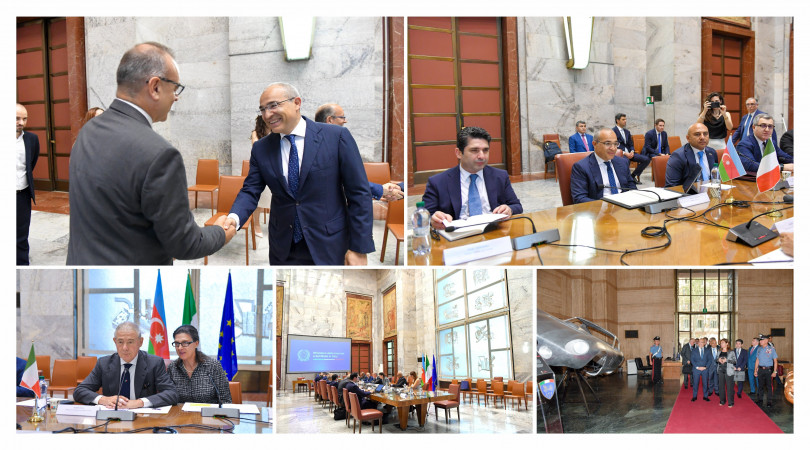
.jpeg)
